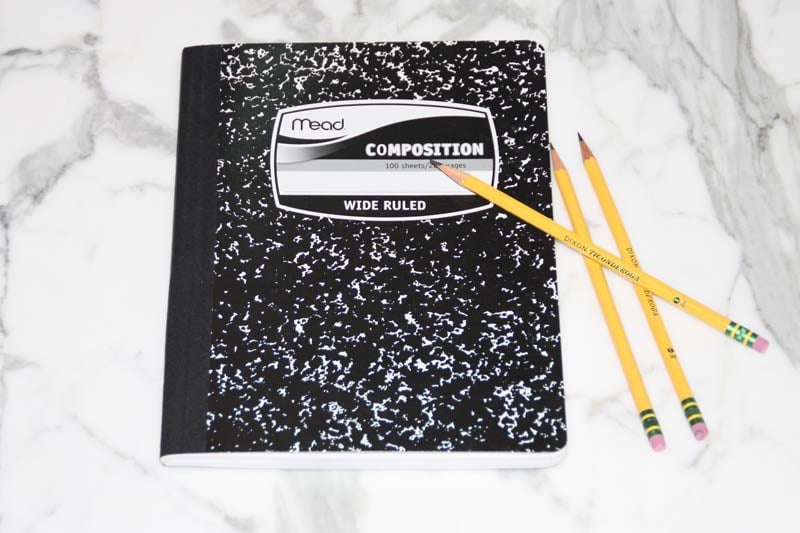 For fluent readers, reading seems almost instinctual. Words are instantly recognized, stories come alive easily. However, for those just learning how to read it is a complex process that is anything but automatic. So what is reading?
For fluent readers, reading seems almost instinctual. Words are instantly recognized, stories come alive easily. However, for those just learning how to read it is a complex process that is anything but automatic. So what is reading?
The process of reading involves many visual and mental processes. It is defined as the act of looking at printed words and making meaning. It is a multifaceted process involving a variety of different skills, including decoding, word recognition, comprehension, fluency, and motivation. These skills begin at the most basic level with associating letter symbols with sounds.
Next, readers must recognize or decode whole words and understand the meaning of the words within a sentence. Readers must then string words together to understand a complete sentence within the larger context of a paragraph. Additionally, readers use their background knowledge to help build, create, and construct meaning. All of these processes occur at the same time and understanding can break down at any point in the process.
Since learning to read does not happen all at once, it is critical that exposure to printed material occurs in a variety of settings: 1) at home by presenting and using printed materials along with related activities, 2) in the community by reading signs and environmental print, for example, or visiting a library or bookstore, and 3) at school.
Many factors can contribute to decoding and comprehension challenges, including lack of background knowledge, phonics issues, trouble with comprehension, vision problems, processing delays, lack of vocabulary, limited sight word vocabulary, among others. The more parents and educators understand the complexity of reading, the more adept we are at targeting our support to teach children to read.
By Joanna Brown, Reading Specialist

 If you ask students what it takes to get good grades, many would probably say “being smart” and
If you ask students what it takes to get good grades, many would probably say “being smart” and  Among the genres of writing projects that students experience in upper elementary, middle and high school, the five-paragraph essay is one of the most popular. Well, it’s popular with teachers. With students, just saying the phrase “five-paragraph essay” can evoke audible groans. For those writers, it calls to mind themes of dullness and standardization, a static formula. Yet the form is a valid one for a number of reasons, and in the right conditions, it can encourage creative thinking instead of stifling it. In fact, among the benefits of the five-paragraph essay are valuable opportunities for writers in terms of cognition, rhetoric, and culture.
Among the genres of writing projects that students experience in upper elementary, middle and high school, the five-paragraph essay is one of the most popular. Well, it’s popular with teachers. With students, just saying the phrase “five-paragraph essay” can evoke audible groans. For those writers, it calls to mind themes of dullness and standardization, a static formula. Yet the form is a valid one for a number of reasons, and in the right conditions, it can encourage creative thinking instead of stifling it. In fact, among the benefits of the five-paragraph essay are valuable opportunities for writers in terms of cognition, rhetoric, and culture.